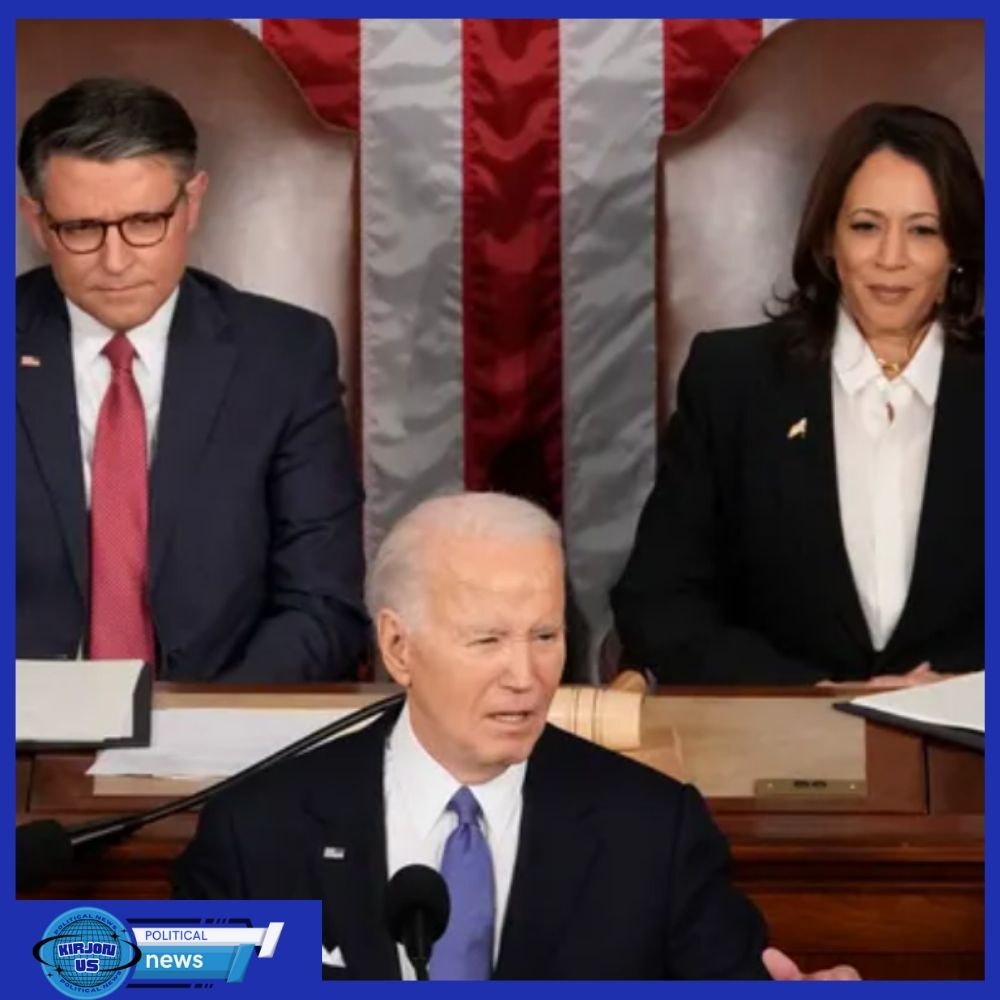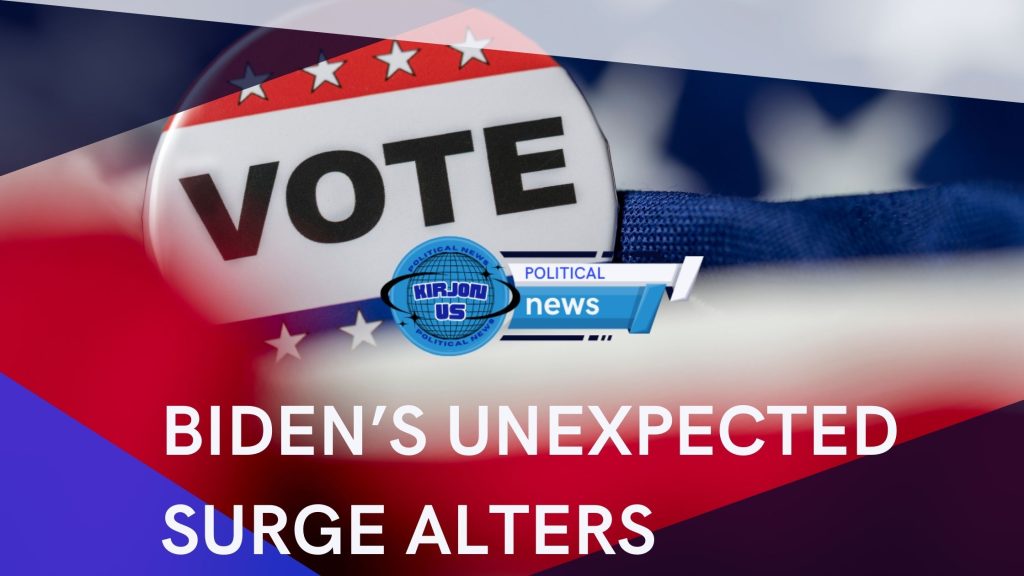Polling serves as a crucial tool in gauging the political landscape, yet its reliability remains subject to change. The aftermath of the 2016 election underscored its capacity to surprise, capturing scenarios previously deemed improbable. Nonetheless, polling remains a pivotal metric for understanding the trajectory of political contests. In the wake of the State of the Union address, significant shifts in the presidential race have emerged, defying conventional expectations.
The State of the Union Effect: Unprecedented Momentum for Biden

Historically, the State of the Union (SOTU) speech has yielded minimal impact on electoral dynamics. While it offers presidents a platform to rally support, its lasting influence has been limited. However, President Biden has defied this trend, experiencing notable gains in the weeks following the SOTU. Unlike transient boosts witnessed in previous administrations, Biden’s momentum has proven sustained, marked by notable poll advancements and substantial financial backing.
Polls Paint a Reshaped Electoral Map
Pre-SOTU discourse was dominated by narratives of resurgent support for former President Donald Trump and apprehensions within Democratic circles regarding Biden’s age. Notable among these discussions was the New York Times/Sienna survey, spotlighting Trump’s traction among key demographics. However, post-SOTU, a marked reversal has occurred, with Biden commanding leads in 12 national polls. Even in traditionally pro-Trump surveys, Biden has made significant inroads, indicating a shifting electoral landscape.
Battlegrounds Beckon: Signs of Biden’s Resurgence

The battleground states, often decisive in determining election outcomes, have emerged as a focal point of Biden’s resurgence. Recent polls, such as the Bloomberg/Morning Consult swing state survey, signal a potential Biden comeback. With leads in Wisconsin and parity in Pennsylvania and Michigan, Biden’s appeal is resonating within the crucial “Blue Wall” demographic. Despite trailing in certain states, his gains underscore a narrowing electoral margin, with Georgia representing a notable exception.
The Financial Front: Biden’s Commanding Edge
In the realm of campaign finance, Biden’s dominance over Trump is palpable. Post-SOTU fundraising efforts saw Biden amass an unprecedented $10 million within 24 hours, reflecting widespread resonance with his message. FEC filings for February further highlight Biden’s financial prowess, with nearly double the fundraising of Trump. The Democratic National Committee’s formidable cash reserves further solidify Biden’s financial advantage, positioning him favorably for the arduous electoral battle ahead.
Campaign Trail Intensity: Contrasting Strategies

The contrast in campaign strategies between Biden and Trump is stark. Biden’s high-energy campaign, characterized by extensive nationwide visits, stands in contrast to Trump’s comparatively subdued approach, primarily centered on South Florida and legal battles. Biden’s active engagement with swing states belies earlier assertions of a passive “basement campaign,” highlighting a proactive and dynamic electoral strategy.
Interpreting Primary Results: Ominous Signs for Trump
While Trump secured significant victories in the primaries, warning signs loom large. Notably, former South Carolina Gov. Nikki Haley’s success in garnering anti-Trump sentiment among voters underscores lingering divisions within the GOP. Moderate voter preferences, evidenced by Haley’s margin of victory, present a formidable challenge to Trump’s bid for party unity, potentially shaping the outcome of closely contested races.
In conclusion, the post-SOTU landscape of the 2024 presidential race reflects a paradigm shift, characterized by Biden’s resurgent momentum and strategic advantage. As the electoral contest unfolds, the dynamics outlined herein will undoubtedly shape the trajectory of American politics, underscoring the ever-evolving nature of democracy.







